Access points are excellent options for a wired home to deliver the best Wi-Fi coverage. This post includes the top five best Wi-Fi access points and their alternatives among those I’ve reviewed.
Depending on your situation, you may need just one or a couple of units, and any of the ones mentioned below will work well. Still, you’re encouraged to read their in-depth reviews for the inner details. For more on access points and how to pick one, check out the post below:
Dong’s note: I first published this piece on July 13, 2024, and updated it on July 3, 2025, to keep the list current.
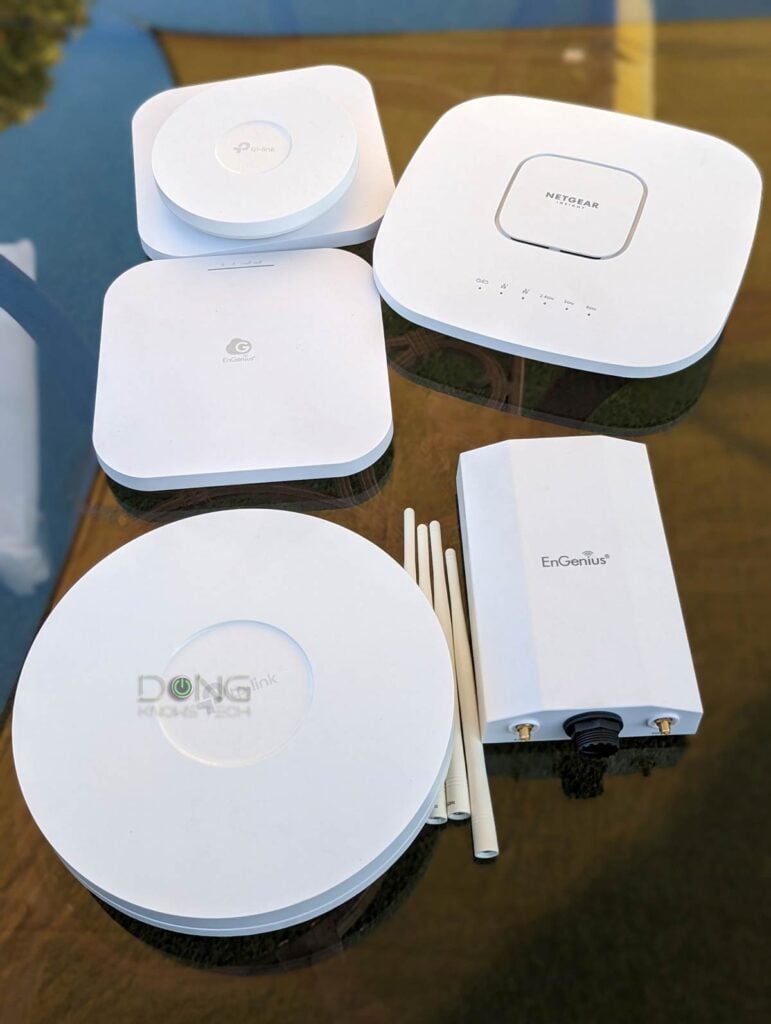

Top five best Wi-Fi access points for different use cases
These access points are sorted in the recommended order, with #1 being the best. Still, depending on your situation, any of them can be the most applicable.
I’ll explain each one and the case you should use it in. One might be more applicable to a particular situation than others, and by that, I mean a home or small office. Advanced users who want multiple units should consider this list of advanced mesh systems instead.
It’s worth noting that to make it to this list, these access points need to satisfy two things:
- You can use them as a single unit or multiple units to form a mesh system.
- They must not cost extra to operate, even when you want to use multiple units to form a system. This requirement means those requiring a subscription, such as Netgear’s Insight Manage family, will not be considered.
5. Zyxel WBE660S: A formidable Wi-Fi 7 AP to represent Zyxel’s Nebula family
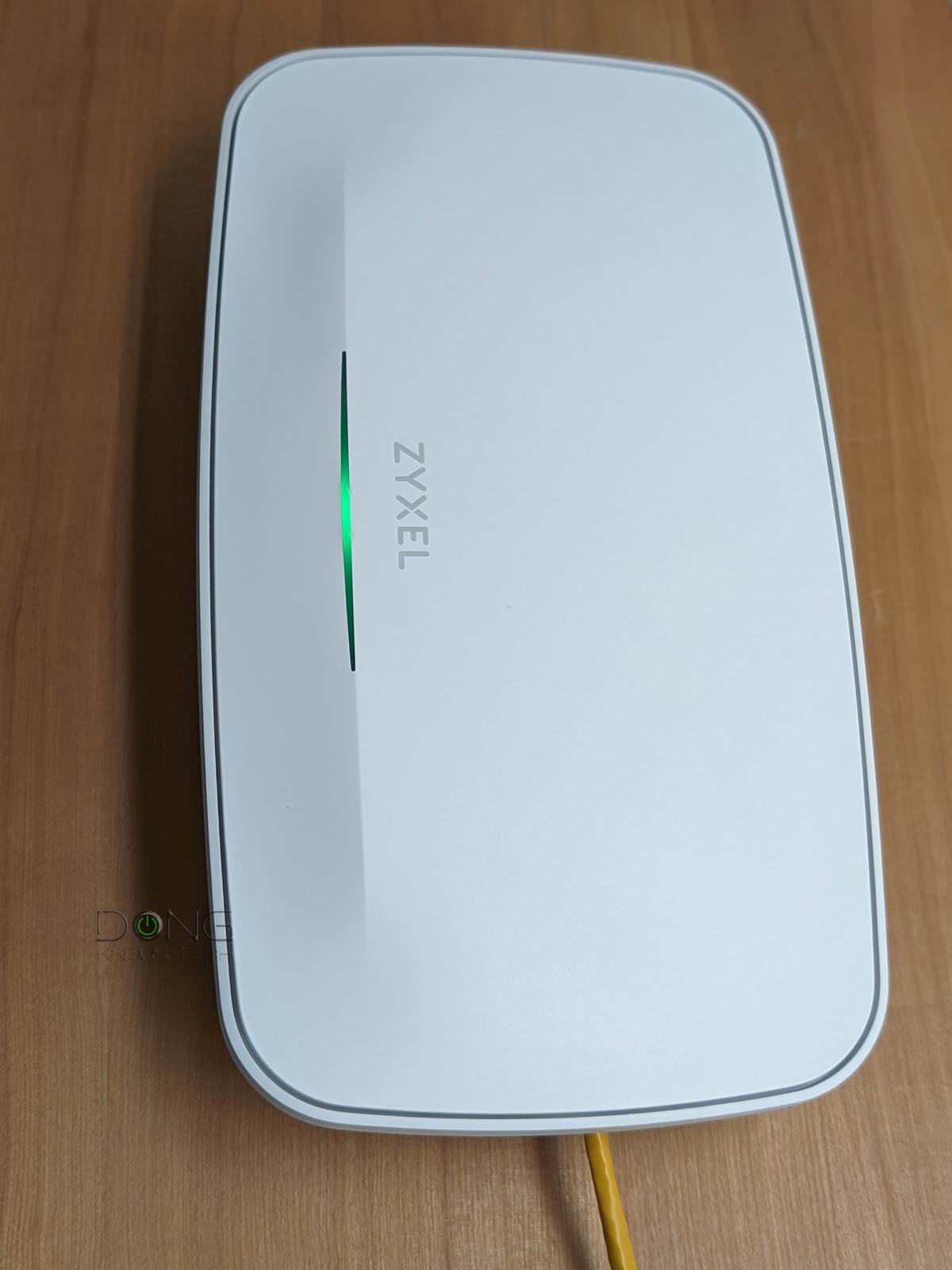
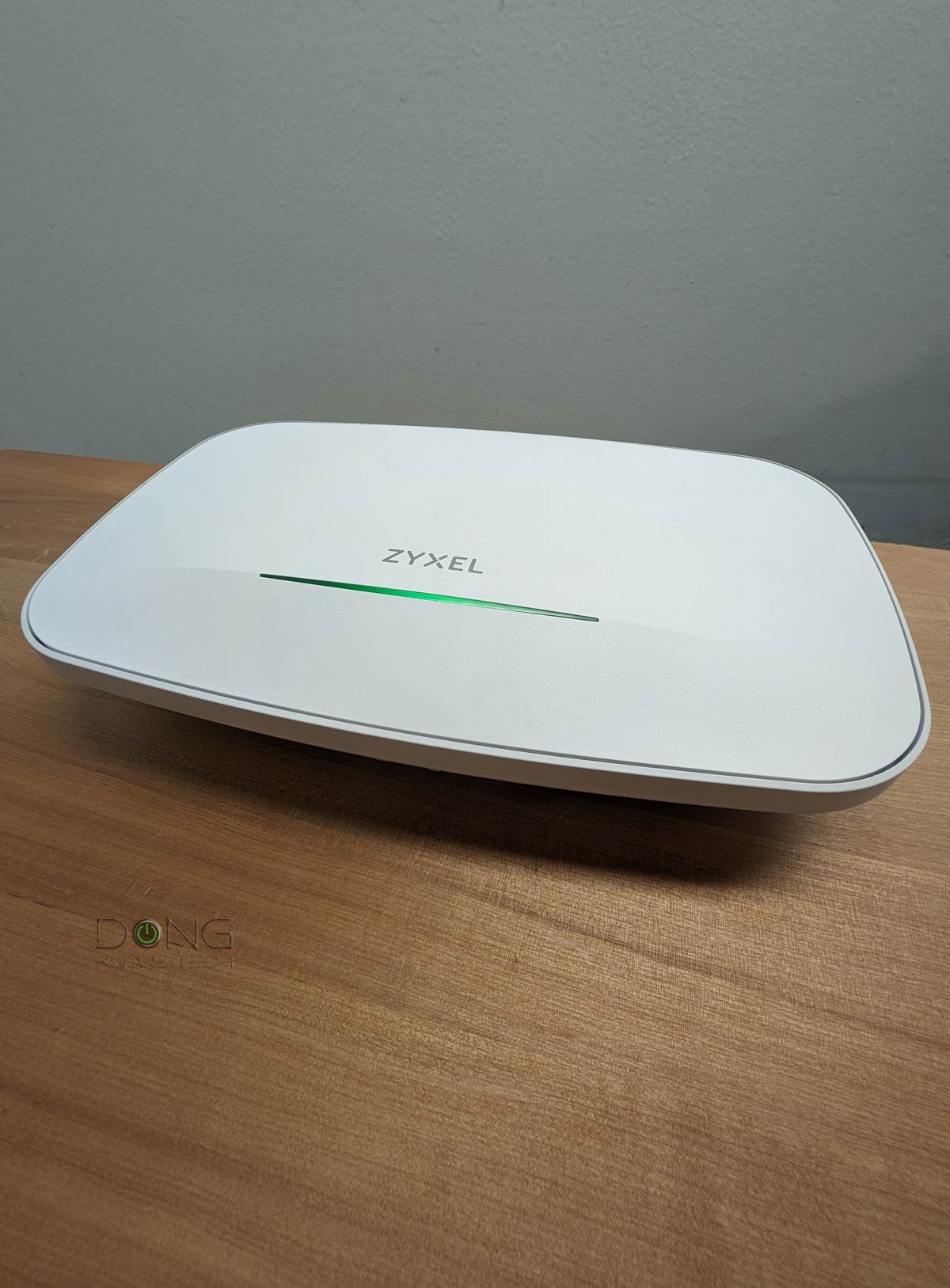
The Zyxel WBE660S is the only Wi-Fi 7 access point on this list, and it’s a heavyweight in terms of hardware specs and physical size. If you’re looking to upgrade your network straight to the fastest and latest, it’s an easy recommendation.
The access point can work as a standard standalone AP via built-in local web management or team up with other units within Zyxel’s Nebula family to form a cloud-based mesh system.
Looking for the same effect with a slightly smaller budget? The NWA130BE is also an excellent buy.
Pros
Wi-Fi 7 support with reliable Gig+ sustained performance; excellent coverage
10Gbps PoE++ network port, extra Gigabit port
Excellent design, ready to mount; full local web user interface; generous free-tier cloud-based management
Cons
No power adapter or PoE injector is included
Wi-Fi 7 performance could comparatively be better
Daunting amount of features; Nebula Control Center is sluggish and can be confusing
4. EnGenius EWS850-FIT (formerly EWS850AP): An excellent outdoor Wi-Fi 6 access point representing the EnGenius FIT family
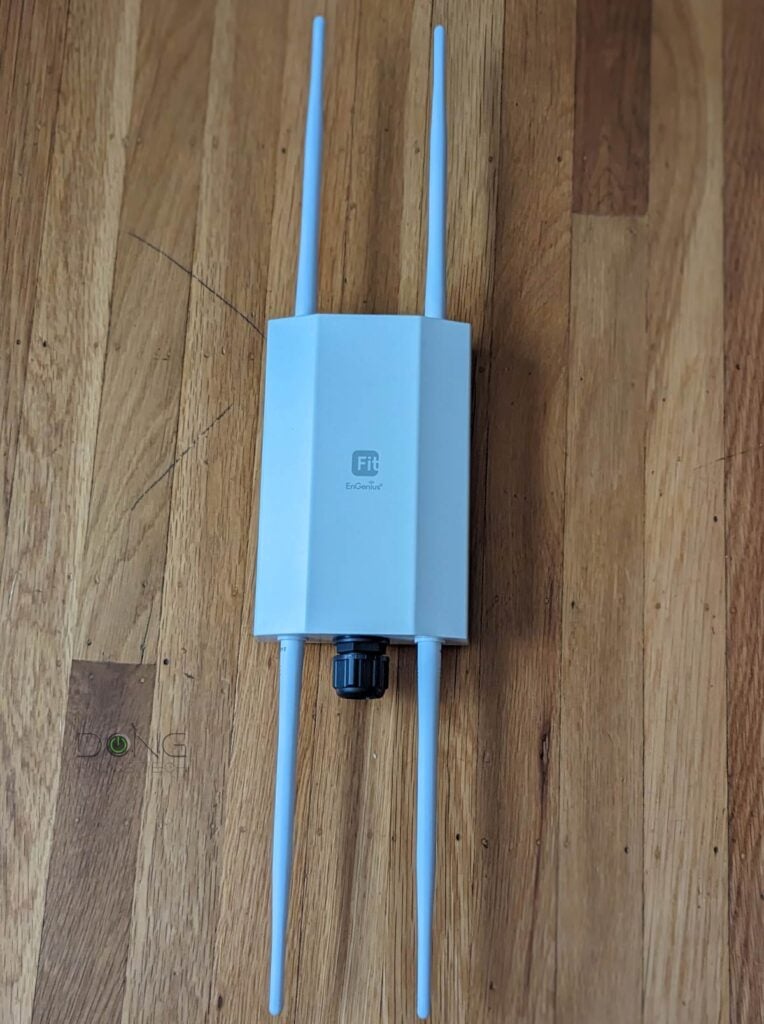

Each EnGenius EWS850-FIT can work as an individual access point with a responsive local web user interface.
Designed for outdoor use, it has excellent performance and can handle the weather exceptionally well. I’ve used the previous variant of the same hardware, the EWS850AP, for over a year, and it proved reliable in any weather.
As part of the new FIT family, this access point can also work with others in the same ecosystem to form a robust mesh system. It’s a perfect fit if you need to extend Wi-Fi coverage for a large backyard.
Pros
Reliable performance, excellent coverage, fast 2.5Gbps PoE+ network port with included injector
Full web interface that’s responsive and comprehensive; helpful FitXpress cloud-based management
Includes all parts and accessories to work right out of the box; IP67 weatherproof
Cons
Midling Wi-Fi 6 specs with no 160 MHz channel width support
Bulky, no separate power port
3. Asus ExpertWiFi EBA63: Representing consumer-grade business access points
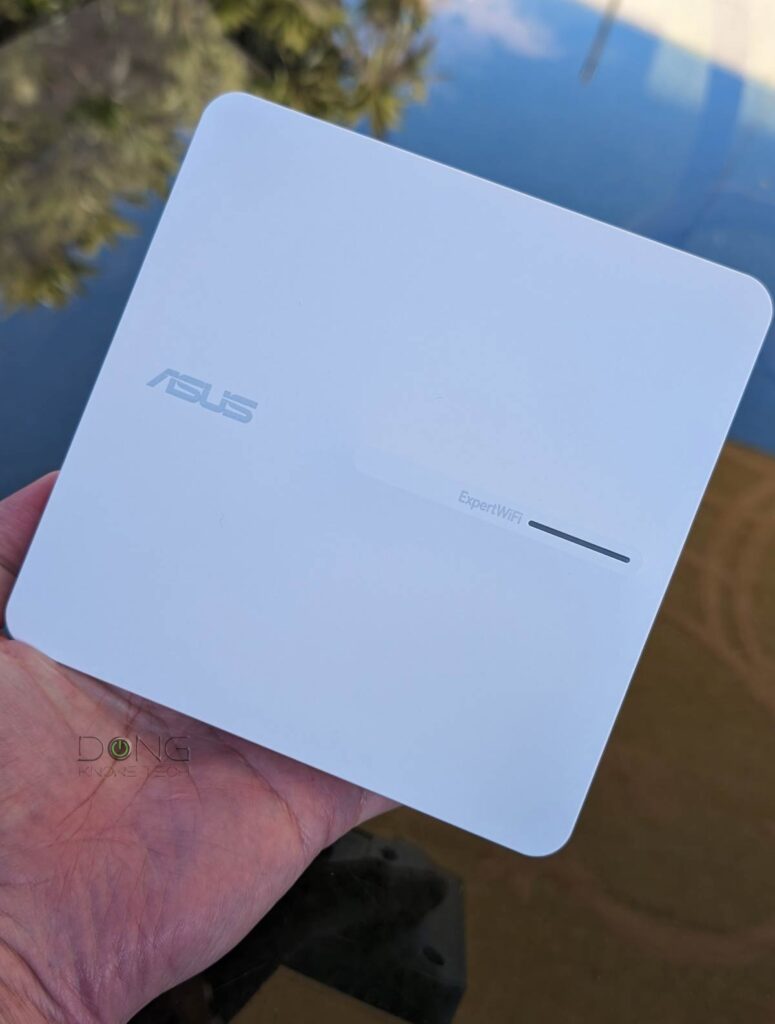

The EBA63 is the first access point in Asus’s all-new ExpertWiFi family. It bridges general consumer and business usage.
The AP can work as a standalone unit with any existing router, or you can couple it with an AiMesh-enabled router—virtually any Asus router of Wi-Fi 6 or newer standards—to form a mesh system. In this case, you can use many units together. Asus also released its first non-Wi-Fi router to match, the ExpertWiFi EBG15.
Alternative:
Pros
Reliable and fast Wi-Fi (for the specs) with good coverage
Part of the ExpertWiFi family with lots of advanced features, including Guest Network Pro, VPN, VLAN, and more
Convenient design, helpful ExpertWiFi mobile app, excellent web interface
Cons
Modest 2×2 Wi-Fi 6 specs; no Multi-Gig Port or 6GHz support; single LAN port
No PoE injector included; mobile app required for the initial setup as a standalone AP
2. TP-Link EAP783: Representing the Omada family of managed access points
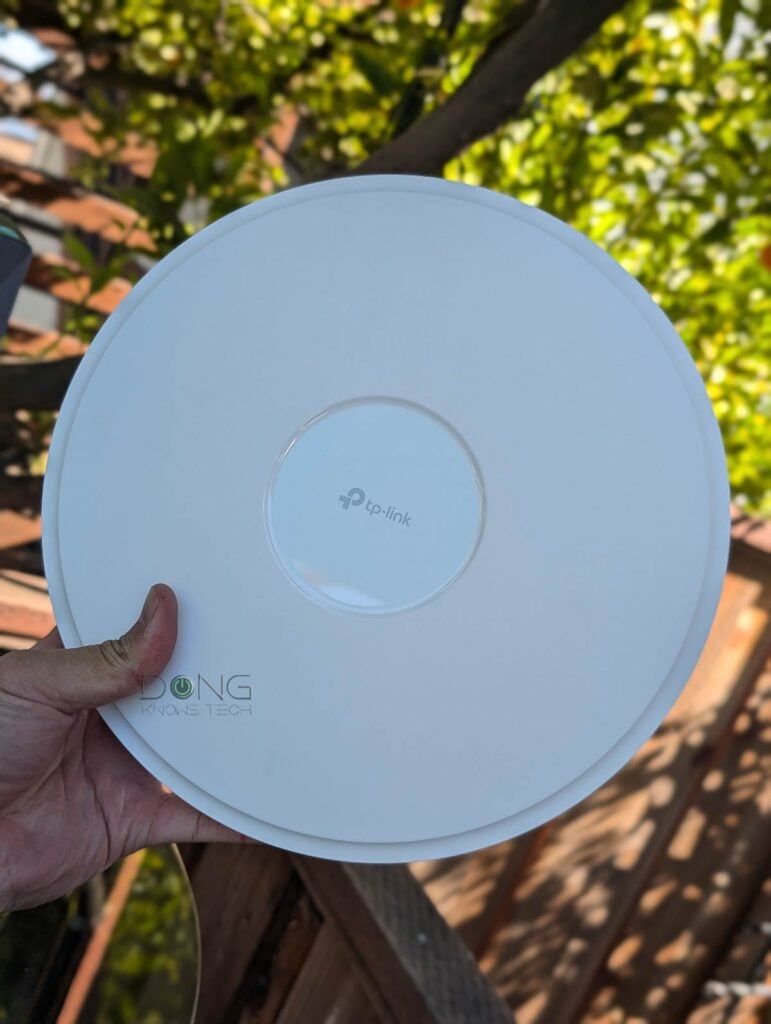

The EAP783 is one of the latest APs in TP-Link’s Omada family and currently the fastest access point to date (a position that likely won’t last long, considering Wi-Fi 7 is still in the early stages). Each Omada access point can be managed locally as an individual unit, or you can get multiple units of the same model or a mix to create a robust mesh system via a controller.
Omada offers local management and advanced cloud-based management without requiring additional subscription costs. So, as a standalone access point, the 783 is an excellent top-tier option, but you can also pick from these alternatives:
Pros
Top Wi-Fi 7 performance with MLO and two 10Gbps PoE port
Robust local web UI with lots of settings and features
Easy to mount, lots of advanced controller options
Cons
Bulky design; no power adapter or injector is included
No AFC at launch; a bit pricey
1. Ubiquiti U7 Pro XGS: Representing the UniFi family


The U7 Pro XGS, like all UniFi access points, is a super flexible Wi-Fi 7 AP. Similar to the TP-Link Omada above, UniFi is a family of hardware managed by a central controller.
In UniFi’s case, the controller can be a UniFi console, such as the UCG-Max, or you can also turn a computer into a UniFi controller via software. After that, the system can do much more than host Wi-Fi access points. Still, adding APs to a UniFi console will give you a robust Wi-Fi system.
As a standalone access point, the U7 Pro XGS (as well as any other UniFi access points) is simple to set up, and a single unit can deliver Wi-Fi coverage sufficient for most homes. In this case, you can use it with any existing router.
Alternatives:
Pros
Top Wi-Fi 7 performance via 10Gbps uplink port with excellent coverage
Seamless integration with a UniFi console to deliver a robust mesh system with lots of advanced and useful features
Simple to set up and manage, fanless design
Zero-wait DFS, low PoE power draw
Cons
No AFC, no PoE injector included
No local web user interface as a standalone AP; runs hot
The final thoughts
Getting a non-Wi-Fi router and an access point or two is the best way to build a network with optimal Wi-Fi coverage. However, this option is only available when your home has already been wired—MoCA can work if you intend to place the AP close to a wall socket.
That said, if you’re getting your place remodeled, consider running network cables all around! Now that you’ve settled on the access points keep in mind that you’ll need a router, preferably a non-Wi-Fi one, to go with them. If you need one, check out the list below.
